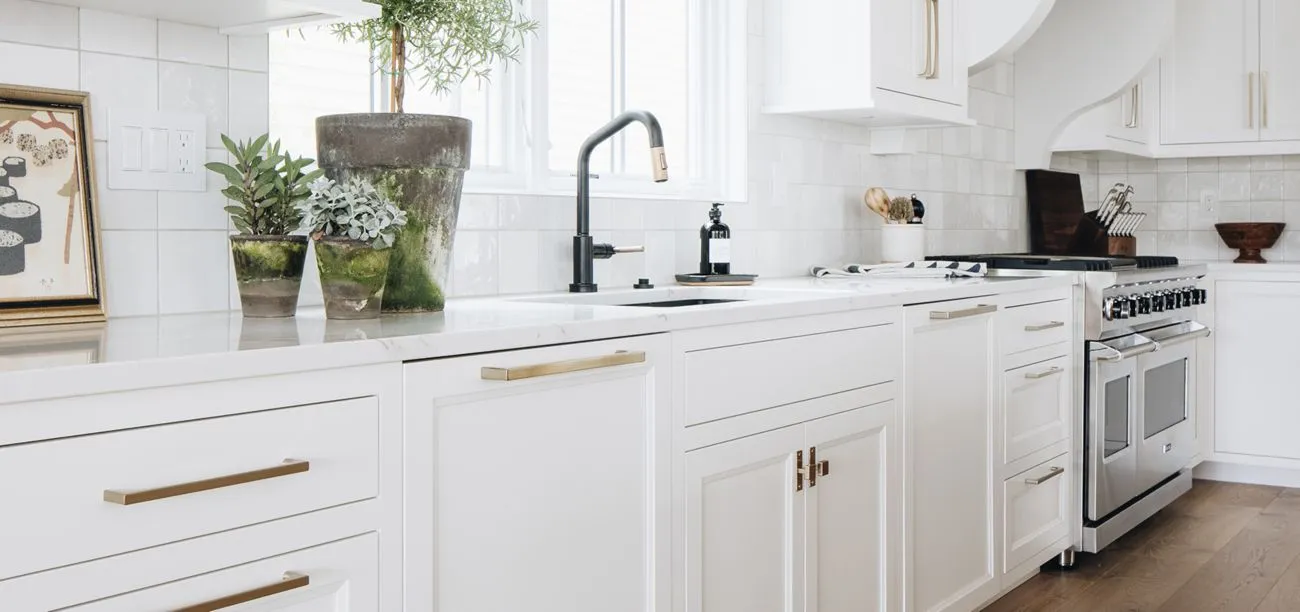Embracing the Viking Kitchen Aesthetic
Viking kitchen decor is more than just a design trend; it’s a journey back in time, evoking the spirit of the Norse warriors and their sagas. This aesthetic is characterized by a blend of rustic charm, natural materials, and a sense of strength and simplicity. It’s about creating a space that feels both grounded and connected to history, offering a unique ambiance that sets your kitchen apart. The allure lies in its ability to transform a mundane space into a haven that tells a story. The goal is to create a functional yet aesthetically pleasing kitchen space that feels both inviting and steeped in history. Consider the textures, colors, and elements that define Viking culture. This will guide you in creating a cohesive and immersive design that will captivate anyone who enters your kitchen.
The Allure of Viking Kitchen Decor
The appeal of Viking kitchen decor lies in its ability to transport you to a different era and offer a unique aesthetic experience. It’s about creating a space that feels both grounded and connected to nature, fostering a sense of warmth and security. This style is particularly appealing to those who appreciate history, mythology, and the rugged beauty of the natural world. Moreover, it provides a distinctive alternative to contemporary kitchen designs, offering a chance to express individuality and create a space that reflects personal interests. The essence of Viking decor is about embracing a lifestyle that appreciates durability, functionality, and the enduring beauty of handcrafted elements. Viking kitchens are also very inviting and create a welcoming atmosphere. The combination of natural materials, warm colors, and historical references makes the space feel both familiar and intriguing.
Key Elements of Viking Design
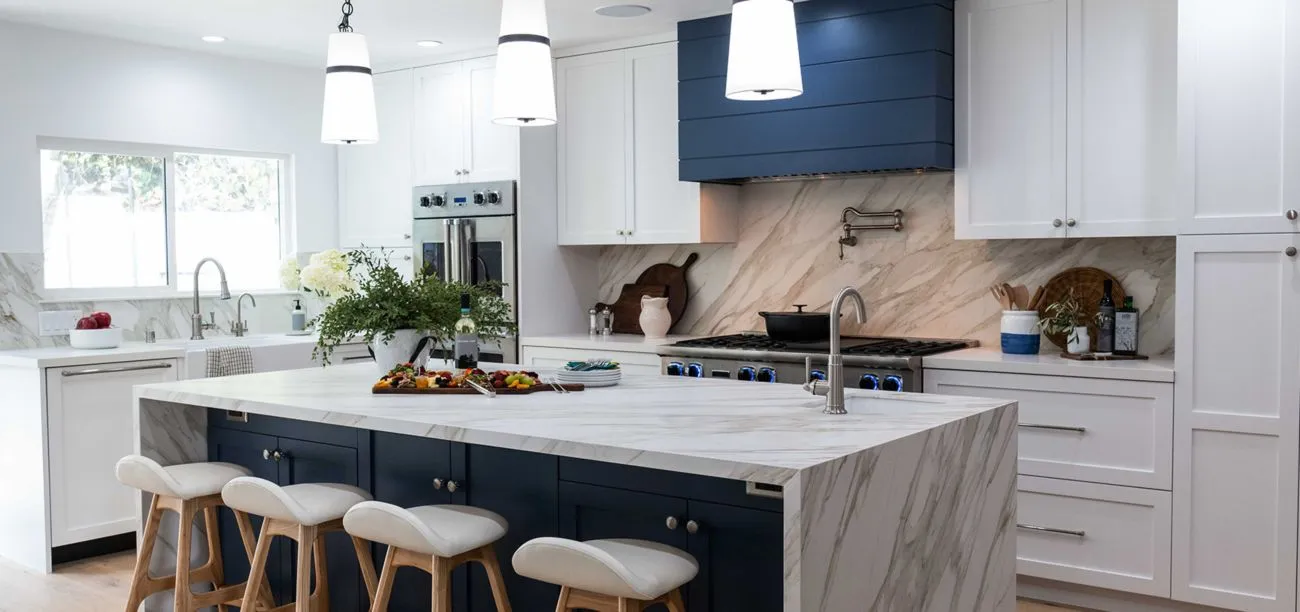
Key elements of Viking design include the extensive use of wood, stone, and metal, reflecting the materials available to the Vikings. Dark, earthy color palettes, reminiscent of the natural landscapes of Scandinavia, are also fundamental. The aesthetic incorporates handcrafted furniture, often featuring robust construction and simple, functional designs. Textiles play a vital role, with the use of wool, linen, and leather to introduce warmth and texture. Lighting is often achieved through the use of warm-toned fixtures, and strategic placement of candles, to create a cozy ambiance. Accessories and decor typically include Viking-inspired art, such as carvings, tapestries, and drinking horns, adding historical authenticity. In essence, the design should evoke a sense of strength, simplicity, and connection to nature, celebrating the legacy of the Viking age. The key is to strike a balance between functionality, aesthetic appeal, and historical accuracy.
Top 7 Viking Kitchen Decor Ideas
Rustic Wooden Elements
Incorporating rustic wooden elements is a cornerstone of Viking kitchen decor. This can be achieved through exposed wooden beams, reclaimed wood for countertops and shelves, and wooden furniture. The use of wood provides warmth and a connection to nature, aligning perfectly with the Viking aesthetic. Consider the types of wood to use; darker woods like oak or walnut offer a more authentic, historical feel, while lighter woods can be used to create a more contemporary version. Rough-hewn or distressed finishes add to the rustic appeal, echoing the craftsmanship of the Viking era. Ensure that the wood is treated to be food-safe and water-resistant. Combining wooden elements with other materials, such as stone or metal, creates a multi-dimensional design.
Incorporating Viking-Inspired Furniture
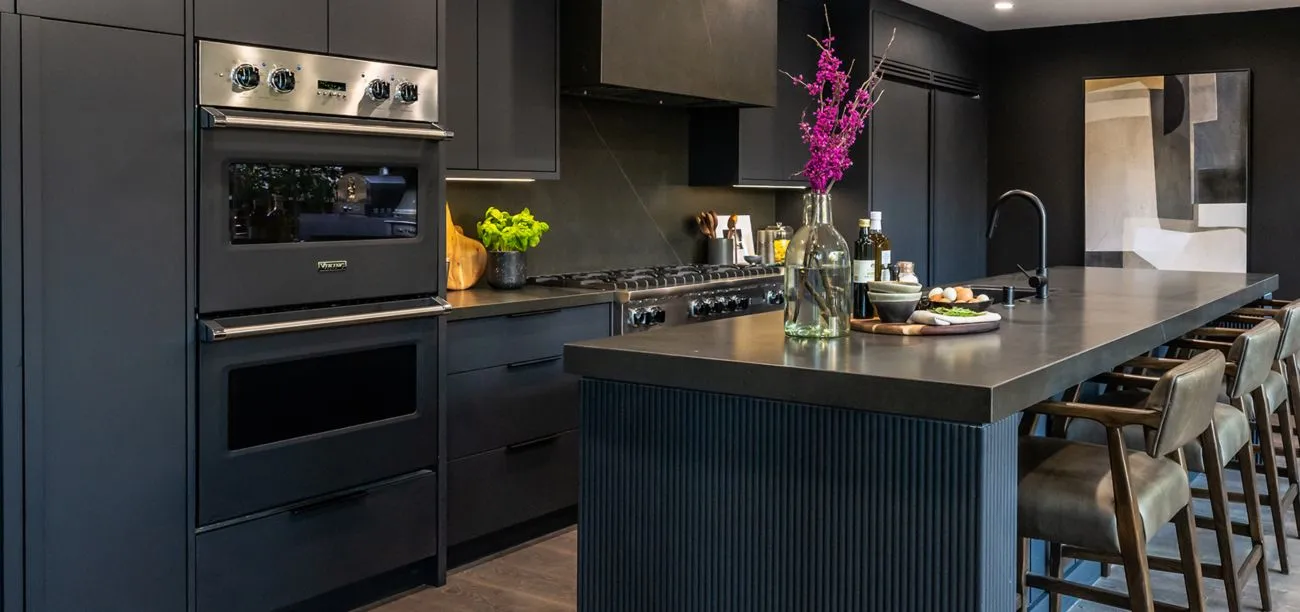
Choose furniture that embodies the Viking spirit. Think about sturdy, functional pieces made from wood. Dining tables with robust legs, benches, and chairs that echo the designs of the era are ideal. Look for pieces with simple lines and a focus on durability. Consider handmade or artisan-crafted furniture to add a sense of authenticity. The style of furniture should reflect the practicality and craftsmanship of the Viking age. A substantial wooden table, for example, will serve as the central gathering place of your kitchen. Using benches or chairs with leather or woven details will bring in added texture and create a welcoming space. Make sure that all chosen furniture is scaled appropriately to ensure that your kitchen remains a functional space.
Choosing the Right Wood Finishes
The wood finishes you choose will greatly impact the overall look and feel of your Viking kitchen. Dark, rich stains or natural wood finishes are ideal. Consider finishes that showcase the grain and character of the wood. Oiled or waxed finishes can provide a protective layer while maintaining the natural look of the wood. Avoid glossy or overly polished finishes, as they detract from the rustic appeal. The goal is to create a sense of age and history, so consider distressed finishes or techniques that mimic the wear and tear of time. Ensure that any finishes you choose are durable and suited to the high-use environment of a kitchen, protecting the wood from moisture and wear.
Using Stone and Metal Accents
Stone and metal accents are essential for a Viking-inspired kitchen. Stone can be incorporated through countertops, backsplashes, or even decorative elements like trivets or cutting boards. Consider using slate, granite, or other natural stones to capture the aesthetic. Metal accents, such as wrought iron or bronze, can be introduced through hardware, lighting fixtures, or decorative objects. The combination of these materials creates a balance of textures and adds a touch of rugged elegance. The use of metal is also appropriate to enhance the sense of a kitchen steeped in history. The selection of appropriate stone and metal elements is critical to adding a feeling of authenticity to the design.
Adding Authentic Viking Artifacts
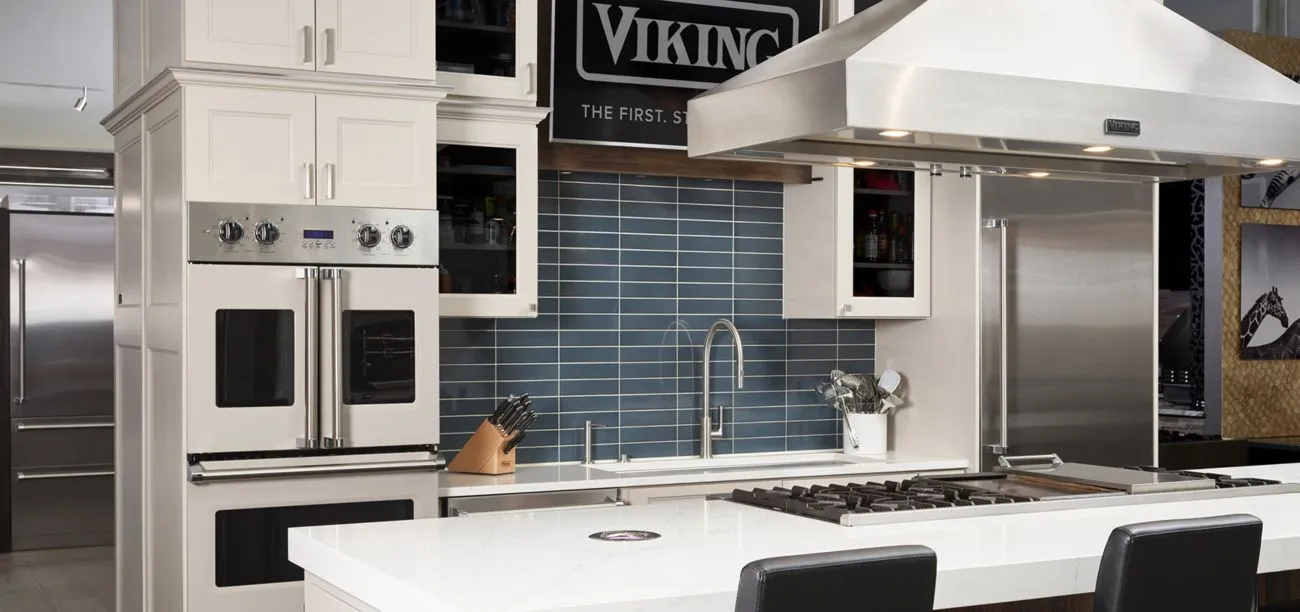
Incorporating authentic Viking artifacts or replicas can elevate the historical accuracy of your kitchen. This could include items like drinking horns, replica weapons, or detailed metalwork. Sourcing these items from reputable dealers or craftspeople ensures that they are both authentic and safe for display. Choose items that enhance the overall aesthetic without overwhelming the space. Strategic placement of such elements can act as conversation starters and focal points, adding to the depth and intrigue of your Viking kitchen. When selecting artifacts, consider their historical context and how they complement the rest of your design. Combining such artifacts with other carefully curated decor will add a special touch of Viking spirit.
Displaying Viking-Themed Art
Viking-themed art, such as tapestries, carvings, or paintings, adds a layer of storytelling to the kitchen. Look for art that depicts Viking life, mythology, or landscapes. The use of such art can create a sense of immersion, drawing visitors into the Viking world. Choose art that is both visually appealing and historically accurate. Consider the size and placement of your artwork to ensure it complements the overall design. Displaying art that reflects the culture and values of the Vikings adds to the overall experience. Using art to tell a story makes the kitchen an even more unique and interesting space. Ensure that the art is well-lit and positioned so that it can be appreciated fully.
Implementing a Warm Color Palette
A warm color palette is essential for creating an inviting Viking kitchen. Earthy tones like browns, tans, and deep reds evoke the natural landscapes of Scandinavia and add to the sense of warmth and coziness. Using these colors creates an atmosphere that is both welcoming and evocative of the Viking era. The right color palette will make the kitchen feel warm and inviting, even on a cold day. The key is to create a balance between the warmth of the colors and the ruggedness of the design. The choice of colors directly impacts the ambiance, and the proper color scheme will create a stunning Viking kitchen. Make sure that your colors complement the wooden elements and other textures in your kitchen.
Choosing Earthy Tones
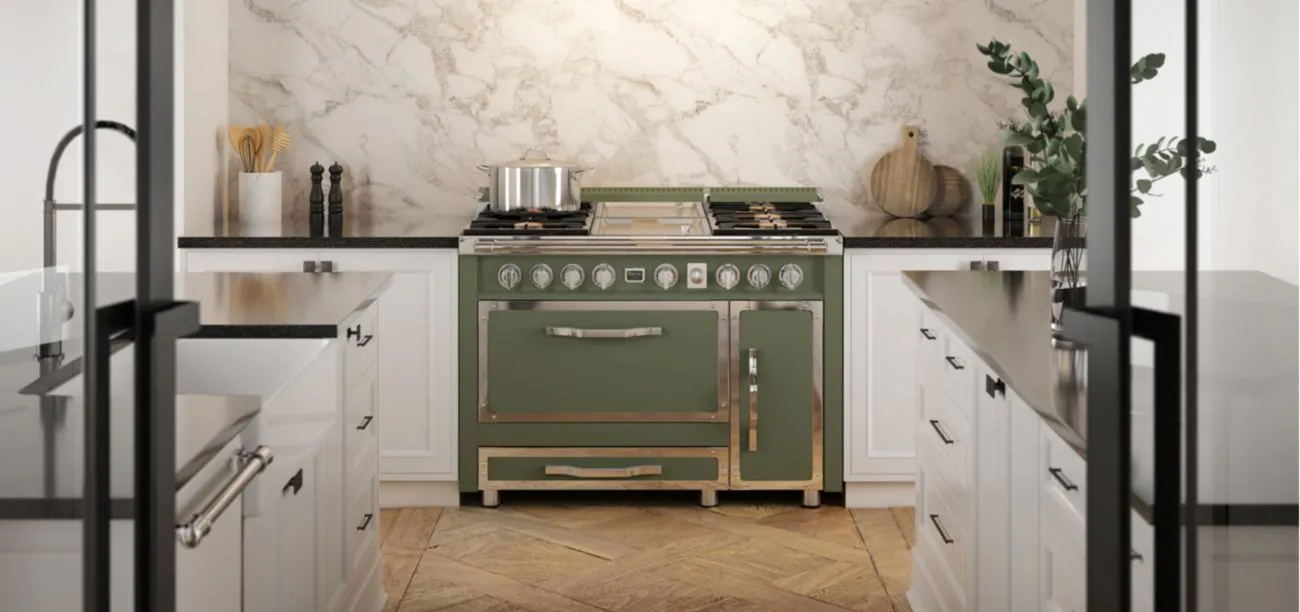
Earthy tones form the foundation of a Viking kitchen color scheme. Consider using browns, tans, and deep greens to represent the natural materials and landscapes of the region. These colors provide a sense of grounding and create a warm, inviting atmosphere. Use these colors on walls, cabinetry, and other surfaces to create a cohesive look. Complement these earthy tones with warmer accents. The right earthy tones will add to the feeling of being transported back in time. Using earthy tones adds a touch of rustic authenticity, enhancing the overall theme of a Viking-inspired kitchen. Choose shades that complement the wooden elements and textures within the space.
Adding Pops of Color
While earthy tones are essential, adding pops of color can bring vibrancy to your Viking kitchen. Consider using deep reds, oranges, or blues as accent colors. These colors can be incorporated through textiles, artwork, or decorative objects. The key is to use these colors sparingly, so they complement the overall theme without overwhelming the space. Choose colors that are historically relevant to the Viking era. Strategically using pops of color will make the kitchen design more interesting. With careful selection, accent colors can add a layer of richness and sophistication to the Viking design. The colors should be in harmony, creating a cohesive design with a sense of balance.
Incorporating Viking Textiles
Textiles are essential for adding warmth, texture, and historical authenticity to a Viking kitchen. Use natural fabrics like wool, linen, and leather. These materials were commonly used during the Viking age and add a sense of authenticity to the design. Introduce these fabrics through rugs, curtains, and table linens. The textures and patterns add visual interest and create a cozy, inviting atmosphere. Choose textiles with patterns or designs that are reminiscent of Viking art. These textiles will make the kitchen feel more complete and provide a touch of Viking spirit. Using appropriate textiles will add a sense of history and enhance the overall aesthetic of your Viking kitchen.
Using Rugs and Textiles
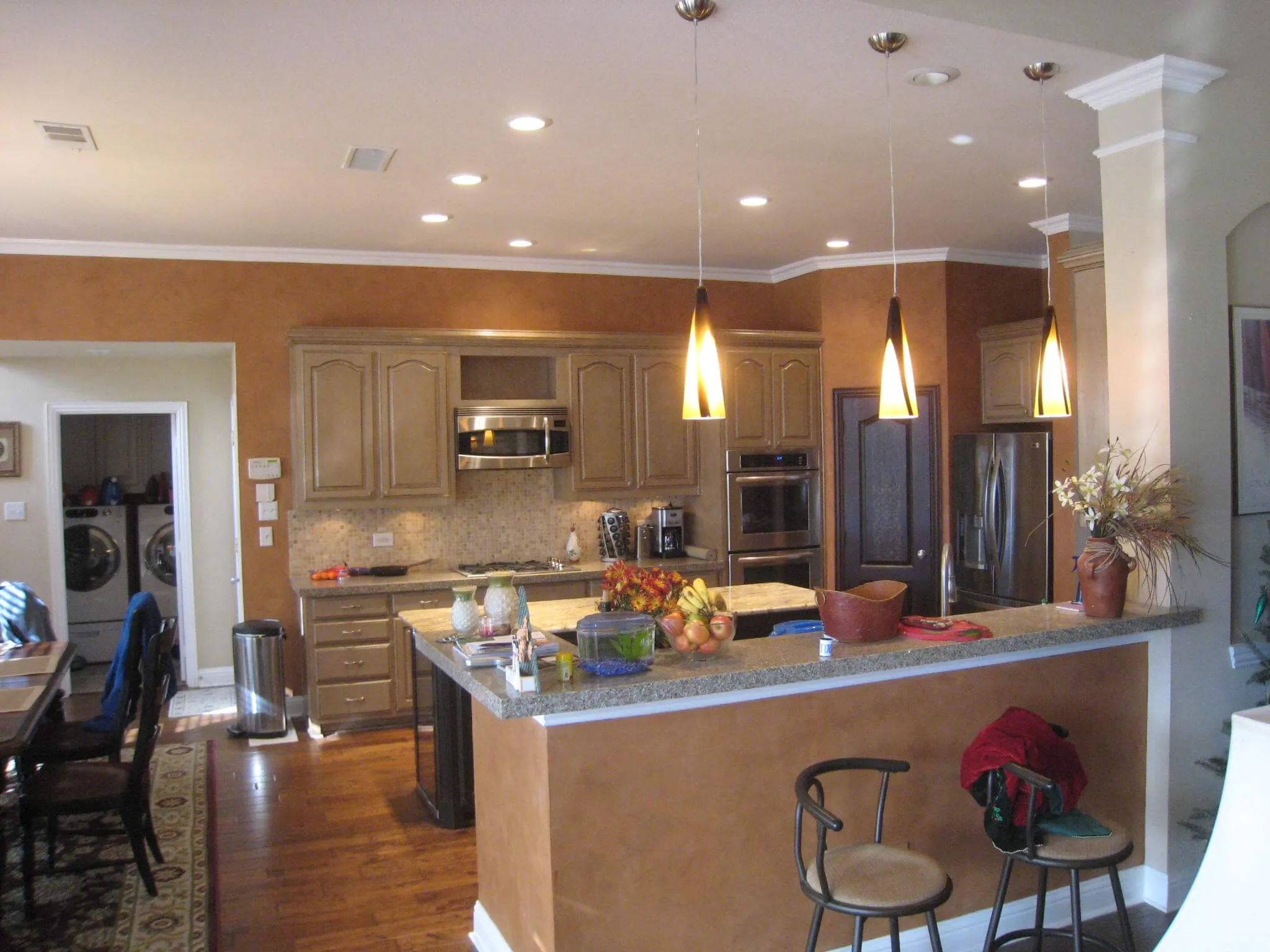
Rugs and other textiles can make a Viking kitchen feel warmer and more inviting. Choose rugs made of wool or other natural fibers. Look for patterns or colors that complement the overall color scheme. Use textiles like linen or wool to dress windows or adorn tables. Ensure that the textiles are durable and easy to clean. Rugs can define zones in the kitchen while also adding visual interest. They contribute to the overall theme of your kitchen design and bring in another texture to the room. Make sure to pick rugs that are appropriate for the kitchen environment, taking into account factors like wear and tear.
Selecting Suitable Window Treatments
When selecting window treatments, choose those that align with the Viking aesthetic. Consider linen or woven blinds. Avoid modern or overly ornate window treatments. The goal is to create a rustic, simple look that blends well with the other elements of the kitchen. Ensure that the window treatments offer privacy and light control. Selecting appropriate window treatments adds to the authenticity and overall theme of your Viking kitchen. Choose styles that are functional and aesthetically pleasing, contributing to the overall design of the kitchen.
Lighting Fixtures for Viking Ambiance
The right lighting can dramatically enhance the ambiance of your Viking kitchen. Choose fixtures that evoke the feeling of the Viking era. The lighting fixtures must be in harmony with the design of the room. A mix of ambient, task, and accent lighting will create the perfect atmosphere for your kitchen. This should complement the rest of your Viking-inspired decor. The strategic use of lighting can set the tone for the entire space.
Choosing the Right Type of Lighting
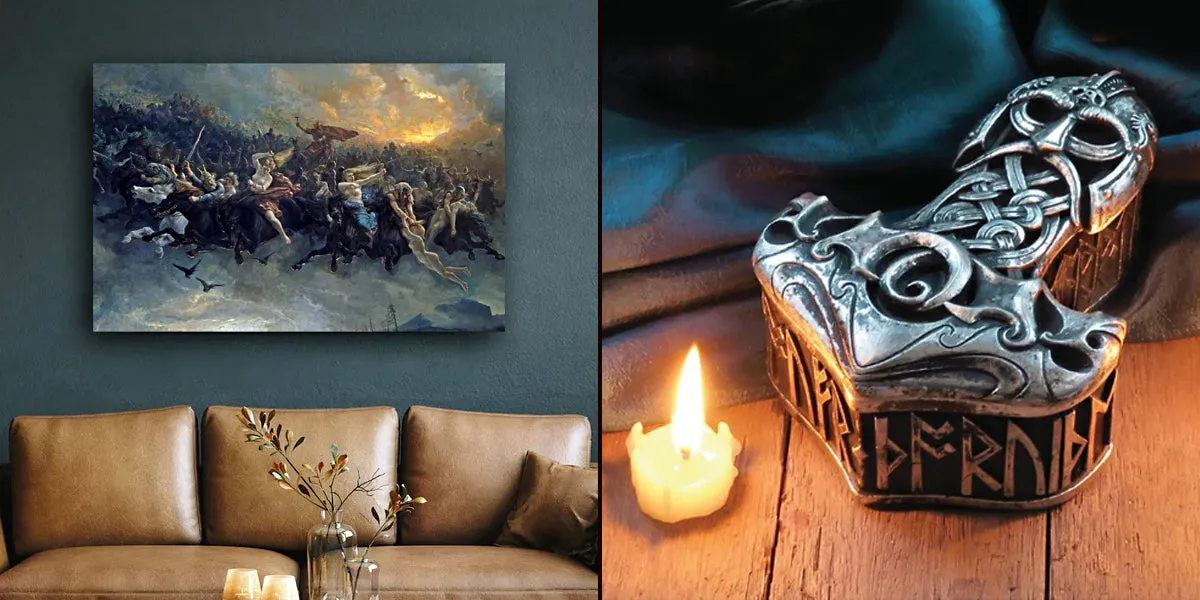
Opt for warm-toned lighting to create a cozy atmosphere. Consider using dimmable lights to adjust the ambiance. Incorporate a mix of ambient, task, and accent lighting. Choose fixtures that are energy-efficient. Proper lighting will enhance the overall theme of the Viking kitchen. The aim is to achieve a warm and inviting feeling. Layering different types of lighting ensures functionality while setting the right mood. The choice of light bulbs and fixtures is crucial. Consider using smart lighting to control the lighting easily.
Selecting Light Fixtures that Evoke the Viking Spirit
Select light fixtures that reflect the style of the Viking era. Consider iron or bronze chandeliers. Look for fixtures that are simple and functional. Incorporate candle-style lights or lanterns. These choices will add to the historical accuracy. The goal is to create a lighting scheme that enhances the aesthetic. The right fixtures can transform the look and feel of your Viking kitchen. Choose fixtures that complement the rest of your decor. Ensure your lighting choices create a warm and welcoming atmosphere. The careful selection of these elements will contribute to the authenticity of the design.
Viking Kitchen Decor with a Modern Twist
Combining Viking decor with modern elements can result in a unique and stylish kitchen. The blend of old and new offers a contemporary take on the Viking aesthetic. The key is to balance historical elements with modern conveniences. The incorporation of modern appliances with Viking elements creates a kitchen that is functional and aesthetically appealing. The best approach is a fusion of old-world charm with contemporary functionality. This blend allows you to create a kitchen that reflects your personal style.
Blending Old and New Design Elements
Combine Viking decor with modern design for a unique look. Use rustic wooden elements alongside sleek, modern cabinetry. Mix antique-style hardware with contemporary appliances. Combine a Viking-inspired color palette with modern design principles. The contrast between the old and new adds interest and depth. The use of both old and new elements allows you to create a kitchen that is both aesthetically pleasing and functional. Balancing historical and modern elements will bring in the best of both worlds, creating a perfect Viking kitchen. Combining both styles allows you to customize your space.
Using Modern Appliances and Tech
Incorporate modern appliances and tech into your Viking kitchen. Choose appliances with a stainless-steel finish or a modern aesthetic. Integrate smart home technology for convenience. Ensure the appliances fit with the overall design. Modern tech can enhance the kitchen’s functionality while maintaining its aesthetic appeal. The modern conveniences enhance the user experience. These modern additions create a kitchen that is both stylish and practical. The balance between modern technology and historic design elements provides a unique look.
Accessorizing Your Viking Kitchen
Accessorizing your Viking kitchen can add the finishing touches to complete the look. Carefully selected accessories are crucial to bringing the overall design to life. Displaying a few well-chosen items adds character. The selection of tableware and decorative items can greatly enhance the kitchen’s appeal. This offers a chance to personalize the space. Well-chosen accessories can tie together the Viking theme of your kitchen.
Selecting Appropriate Tableware
Choose tableware that complements the Viking theme. Consider wooden plates, bowls, and cutlery. Look for stoneware or ceramic pieces with a rustic finish. Use drinking horns or tankards. The right tableware adds to the dining experience and enhances the Viking theme. Choosing tableware that suits the overall style enhances the dining experience. Ensure the tableware aligns with the design of the rest of the kitchen.
Choosing Decorative Items
Add decorative items to enhance the Viking ambiance. Display Viking-themed artwork. Use candles and lanterns to add warmth. Incorporate replica weapons or shields. Choose items that complement the overall design. Well-chosen decorative items can add personality and charm. The careful selection of decorative items can enhance the kitchen’s aesthetic. Use these items to create visual interest. Make sure they add to the Viking theme. These items add a final touch of authenticity and help complete the design.
Maintaining a Viking Kitchen
Maintaining a Viking kitchen ensures that it retains its charm and character. Regular care and cleaning are essential to preserve the integrity of the materials. The appropriate maintenance will keep the kitchen looking its best. Maintaining your Viking kitchen protects your investment. The proper maintenance prolongs the life of the materials. Maintenance ensures the Viking kitchen remains a special space.
Cleaning and Care of Viking Kitchen Elements
Clean wooden surfaces with appropriate wood cleaners. Regularly dust and clean metal accents. Use gentle cleaning products to preserve finishes. Clean stone surfaces with appropriate stone cleaners. Regular cleaning will preserve the beauty of the materials. This protects the investment in your Viking kitchen. The proper cleaning will extend the life of the materials and surfaces. It will also make the kitchen more enjoyable.
Protecting Wooden and Metal Components
Apply protective coatings to wooden surfaces. Treat metal accents with appropriate protectants. Protect the kitchen from excessive moisture and heat. Avoid harsh cleaning products that could damage surfaces. Protecting wooden and metal components is important. Proper care will help preserve the materials. Make sure your Viking kitchen stands the test of time. Follow the manufacturer’s instructions.
